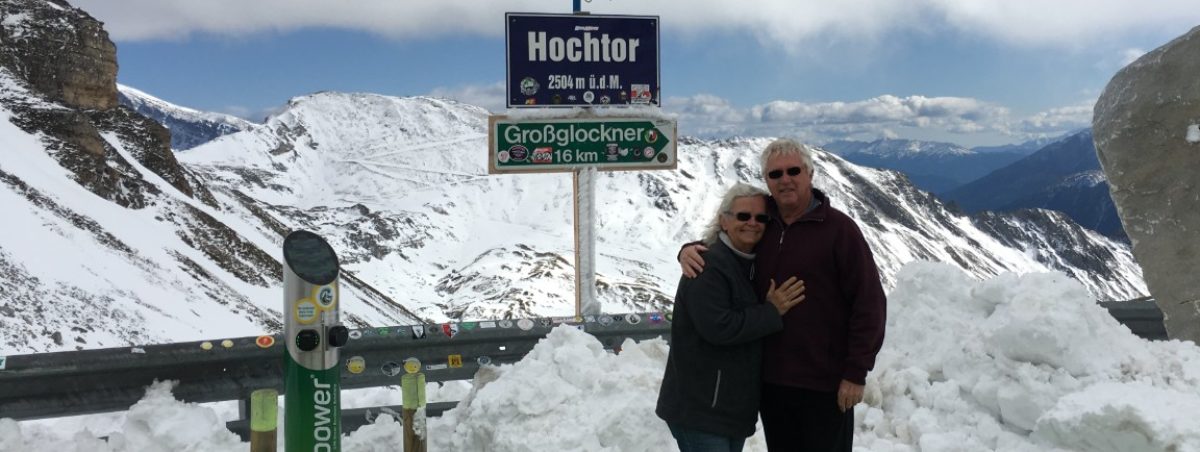(Updated on 13th August 2017)
As non European citizens, or non European residents and or not having European passports we faced the challenge of trying to overcome the restrictions of the Schengen group of countries of only being allowed to legally stay within their boundaries for 90 days in a 180 day period before coming back within the Schengen borders again.
This 90 day restriction makes planning for long term travel in Europe difficult, time consuming and expensive as travel needs to be planned around moving in and out of the Schengen zone, to remain as legal travellers.
Travellers with dual citizenships such as Australia and another country (EU and or Schengen) don’t have to worry but those of us who don’t have this EU qualification are bound by the Schengen Agreement rules.
The EU and the Schengen Zones are 2 different zones – the EU has around 30 member states and Schengen around 26.
Many Australians qualify for a British passport and therefore dual citizenship through being a descendant of a parent or Grand Parent being born in the UK.
My forebears came to Australia nearly 200 years ago so unfortunately I don’t qualify for a British passport.
Krys was born in Germany, her mother was born in Austria and her father was born in Poland and the family migrated to Australia from Germany in 1950 and so we believed she should qualify for dual citizenship.
Krys automatically became an Australian citizen when her parents were granted Australian citizenship in 1963.
We decided to try to obtain dual citizenship for Krys and firstly approached the German consulate in Australia as Krys was born in Germany, but were informed that because her father was not born in Germany she was not eligible.
We then approached the Austrian consulate in Australia, as her Mother was born in Austria and once again were informed that because her father was not born in Austria she was not eligible – however they said that if she had been born out of wedlock (which she wasn’t) then she would have been eligible???.
We have now approached the Polish consulate in Australia, as her father was born in Poland – the challenge here is that the forms, and they are many, are all written in Polish and must be completed in Polish.
Additionally, the supporting documentation required needed to be translated into Polish.
As neither of us speak Polish we had to engage the services of a Polish translator to complete the 12 pages of the application forms.
Many of the supporting documents required needed to be translated by a NAATI accredited translator.
In our case this meant we needed a German NAATI translator for some documents and a Polish NAATI translator for other documents.
Having gathered all the documentation together we then had to visit the offices of DFAT in Brisbane to have the necessary documents Apostilled.
For one document we also needed the services of a Notary to authorise the document before we took it to DFAT.
The following are the attachments required to accompany the application:-
- Original only – Polish Birth and Baptism Certificate of father.
- Birth Certificate of applicant (Apostilled). In Krys’ situation, her birth certificate was in German. Translation to Polish was required to be performed by an approved Polish Government Translator in Poland (NAATI translation in Australia is not approved). Alternatively Krys was able to get an International Birth Certificate from her home town in Dieburg in Germany. The International Birth Certificate includes translations for several European countries and is accepted in lieu of original birth certificate translated to Polish as indicated above.
- Marriage Certificate for Krys (Apostilled) and then translated to Polish)
- Naturalisation Certificate of father (Apostilled) and then translated to Polish
- Marriage Certificate of father and mother. Again as their marriage took place in Dieburg Germany, the marriage certificate was in German. An international marriage certificate had to be obtained from Dieburg Germany which was accepted as it included polish translations within the document.
- Australian Passport for Krys
- Name and Address of contact in Poland to receive official Mail.
The Brisbane DFAT office is only open from 08:30-13:00 daily and there is a charge of $60 per page to have the documents Apostilled.
The above processes took many months and had not been completed prior to our departure for Europe on March 7, 2017.
All these processes come at a cost as well – Obtaining original documents from Germany, German translator, Polish translator, German NAATI translator, Polish NAATI translator, Notary and DFAT Apostille fees apart from the time taken to run between all these appointments.
We received notification on the 13th April 2017 that Krys’ Polish Citizenship had been approved.
That was the same day that we arrived at Krys’ niece’s house in Biala Podlaska in Poland having spent around a week in the UK before heading across to the Continent where we travelled east from Dunkirk through France, Belgium, Luxembourg and Germany before arriving in Biala Podlaska.
The next step was to register both Krys’ Birth Certificate and Marriage Certificate in Poland. Once completed and confirmed Krys was then able to apply for a Polish passport.
The process for passport application originally involved making a face to face appointment with the Polish Consulate General in Sydney, however as we were already in Europe this step was done in Poland. Polish passport applications include finger printing hence the need to do this face to face.
So now Krys is covered as far as staying in Europe indefinitely is concerned but I am not.
As long as I stay married to Krys and travel with her I will be afforded the same rights as Krys is – so I need to be on my best behaviour.
